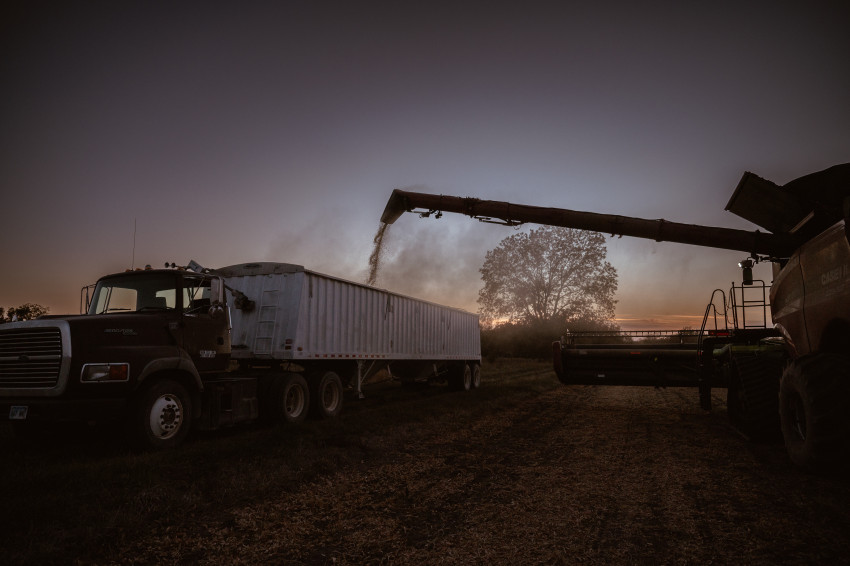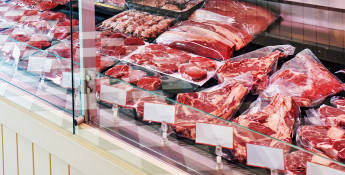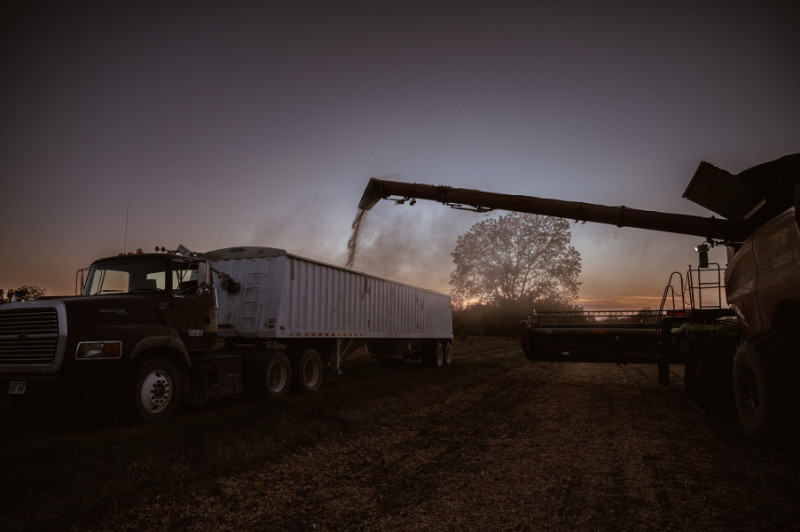By Brandi Buzzard on November 22, 2024
How Do Tariffs Affect Farmers and Ranchers?
Tariffs, tariffs everywhere; but what on Earth do they mean?
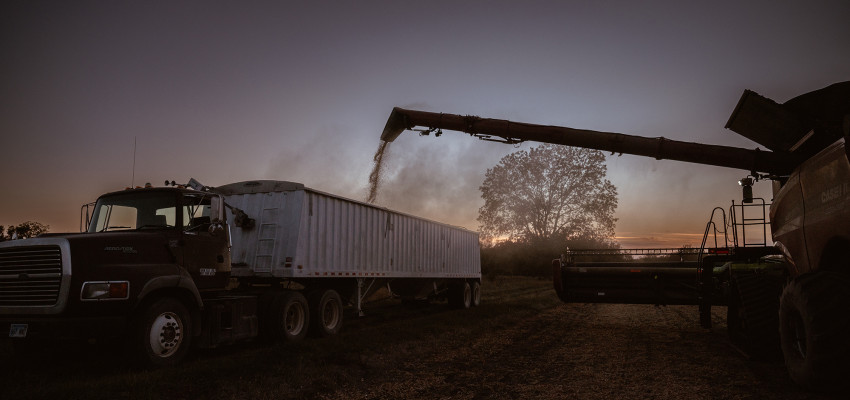
It’s highly unlikely you’ve not heard the word “tariff” mentioned on the news, social media or in coffee shop talk the last 30 or so days. Side note: what a weird word. It’s like “fork,” if you say it enough times it really gets in your head. But I digress. Tariffs are a hot-button issue presently and are likely to be so for the foreseeable future.
What is a tariff?
First things first: in their most basic form, tariffs are a form of taxes imposed on goods from another country. Some experts insist tariffs are put in place to prop up domestic industries by encouraging citizens to buy goods produced within their own borders.
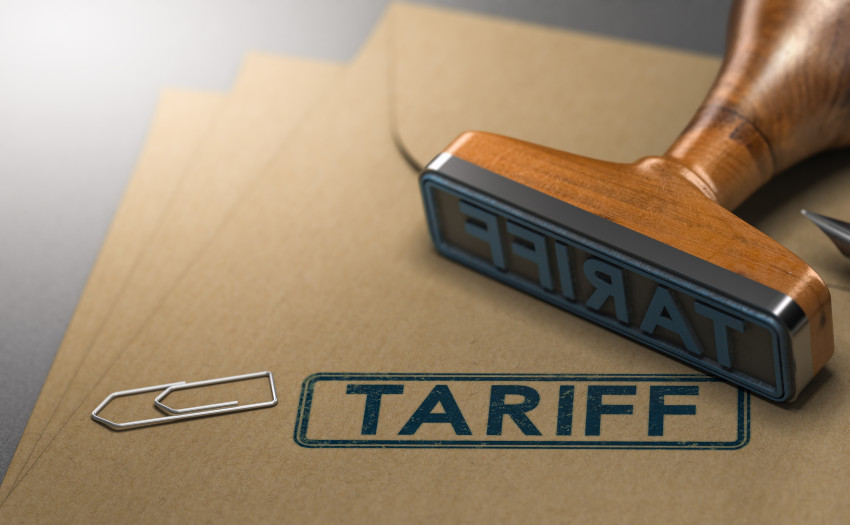 Conversely, many experts insist these extra costs are passed onto consumers via retail shelves, thereby counteracting the goal of the tariff. According to the Tax Foundation, a nonpartisan tax policy nonprofit, economic theory has shown that greater trade barriers increase consumer prices and negatively affect economic output.
Conversely, many experts insist these extra costs are passed onto consumers via retail shelves, thereby counteracting the goal of the tariff. According to the Tax Foundation, a nonpartisan tax policy nonprofit, economic theory has shown that greater trade barriers increase consumer prices and negatively affect economic output.
Tariffs have been utilized in the U.S. since the late 1700s and were used early on in economic systems to allow for rapid development and industrialization of the fledgling nation. Former presidents such as Washington, Jefferson, Roosevelt, Lincoln, Johnson, Bush (George W.), Trump and even as recent as President Biden have all imposed or upheld tariffs as part of their economic policy, with mixed results.
How have tariffs affected American agriculture?
Specific to food and agriculture, which can be subject to the consequences of a trade war, President Lyndon B. Johnson enacted a 25 percent tariff on imported light trucks in 1964, which was intended to target German (then West Germany) built vehicles such as Volkswagen vans. This tariff was in response to unfair restrictions on imports of American poultry into West Germany, in favor of West German chicken farmers.
A series of freezes in Florida in the 1960s and 1970s led to the emergence of Brazil as the largest orange juice producer in the world. A history of U.S. tariffs on imported frozen concentrated orange juice survived several trade negotiations, including the North American Free Trade Agreement (NAFTA), and protected Florida orange producers and the Florida citrus industry well into the 21st century.
In 2018, in an effort to stop unfair Chinese trade practices, President Trump, during his first term, enacted a 25 percent tariff worth $34 billion on a wide variety of Chinese goods, the most significant increase in U.S. tariffs since the Great Depression. In retaliation, the Chinese government placed a 25 percent tariff on $50 billion worth of numerous commonly imported agriculture commodities such as soybeans, corn, wheat, poultry and beef. Prior to the increase to 25 percent, the tariff on soybean imports was just 3 percent. Direct U.S. agricultural export losses during this period of 2018-2019 totaled more than $27 billion.
Will tariffs be utilized in the future?
President-elect Trump has proposed 10-20 percent blanket tariffs on all imported goods, a 60 percent or higher tariff on Chinese goods and up to 100 percent tariff on Mexican goods.
According to an October study by the National Corn Growers Association and the American Soybean Association, soybean exports could fall nearly 52 percent, and corn exports about 84 percent if China retaliates with tariffs and a trade war ensues. The same study determined a potential trade war could cost soybean farmers between $3.6 billion and nearly $6 billion in production value annually.
Overall, farmers and ranchers have mixed reviews on their support of tariffs during the upcoming administration, as global trade reactions could be a wild card.
In short, the use of tariffs juxtaposes collateral damage of a trade war against protecting markets and prices for U.S. commodity producers. Tariffs on U.S. trade partners have had mixed results over the past several decades and there is no certainty that future tariffs will benefit farmers, ranchers and agriculture producers. Therefore, potentially leaving consumers with higher prices.

